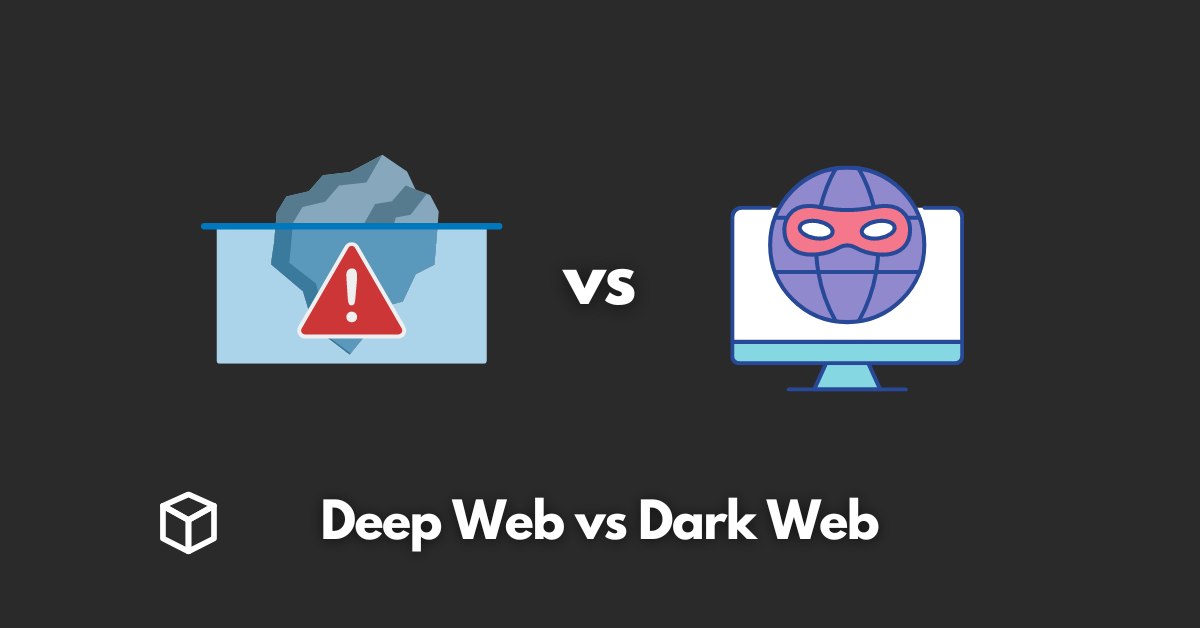The internet is a vast and ever-evolving network of information and resources, but not all of it is easily accessible to the average person.
There are different layers of the internet, with the surface web being the most well-known and accessible to all.
However, beneath the surface web is the Deep Web and the Dark Web, which are not as well-known or understood by many.
In this article, we will explore the Deep Web and the Dark Web, their differences, and the risks and benefits of accessing them.
The Deep Web
The Deep Web is a vast and varied collection of information and resources that are not indexed by search engines.
Some examples of content found on the Deep Web include databases, library catalogs, membership-only websites, and other types of content that is not intended for public consumption.
For example, the Library of Congress has a vast collection of digital content that is only available through the Deep Web.
Accessing the Deep Web can have its benefits.
For example, it can provide researchers and academics with access to valuable information and resources that would otherwise be unavailable to them.
However, there are also risks associated with accessing the Deep Web.
For example, some websites on the Deep Web may contain malware or other malicious software that can harm your computer or steal your personal information.
The Dark Web
The Dark Web is a small portion of the Deep Web that is deliberately hidden and can only be accessed through anonymity networks such as Tor.
The Dark Web is often associated with illegal activities such as the sale of illegal drugs, weapons, and stolen credit card information.
It’s also a place for hackers and cybercriminals to share information and tools, and trade in stolen data.
Accessing the Dark Web is not only illegal but also extremely dangerous.
Not only are you at risk of being caught by law enforcement, but you are also at risk of downloading malware, getting hacked, or becoming a victim of other illegal activities.
Further, the Dark Web is known for being a marketplace for illegal items and services, where anonymity is a key feature, making it difficult for law enforcement agencies to trace the activities.
Comparison of the Deep Web and the Dark Web
The Deep Web and the Dark Web are similar in that they both refer to portions of the internet that are not easily accessible to the general public. However, there are also significant differences between the two.
The Deep Web is primarily made up of legitimate content such as databases and library catalogs, whereas the Dark Web is primarily made up of illegal content such as illegal drugs and stolen credit card information.
Additionally, while the Deep Web is not indexed by search engines, it is not deliberately hidden like the Dark Web.
The impact of the Deep Web and the Dark Web on society is mixed.
On one hand, the Deep Web can provide researchers and academics with access to valuable information and resources that would otherwise be unavailable to them.
On the other hand, the Dark Web can enable illegal activities and put individuals at risk of harm.
It’s important for individuals to be aware of the risks and to use caution when accessing either the Deep Web or the Dark Web.
Conclusion
In conclusion, the internet is a vast network of interconnected computers and servers that store and share information.
The surface web, also known as the visible web or indexed web, is the portion of the internet that is easily accessible to the general public through search engines.
However, there are also portions of the internet that are not indexed by search engines, such as the Deep Web and the Dark Web.
The Deep Web is mostly made up of legitimate content such as databases and library catalogs, whereas the Dark Web is primarily made up of illegal content such as illegal drugs and stolen credit card information.
It’s important for individuals to be aware of the risks and to use caution when accessing either the Deep Web or the Dark Web.




